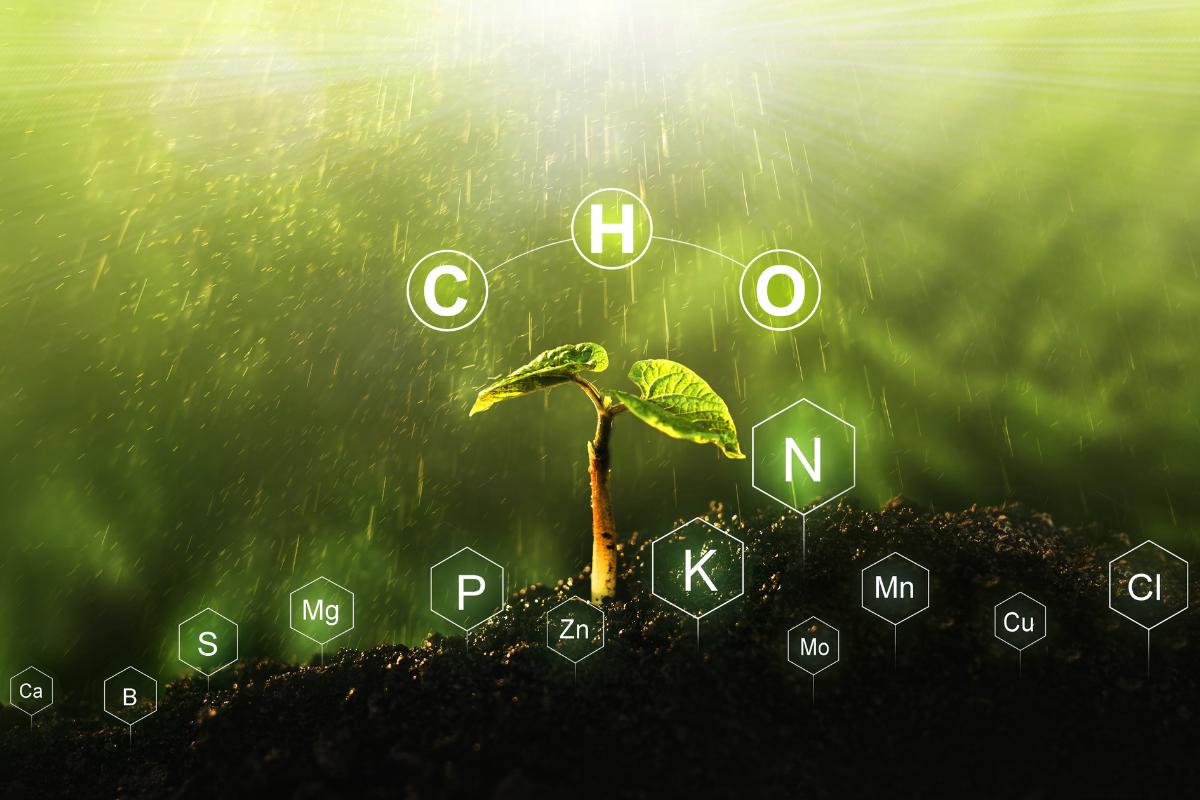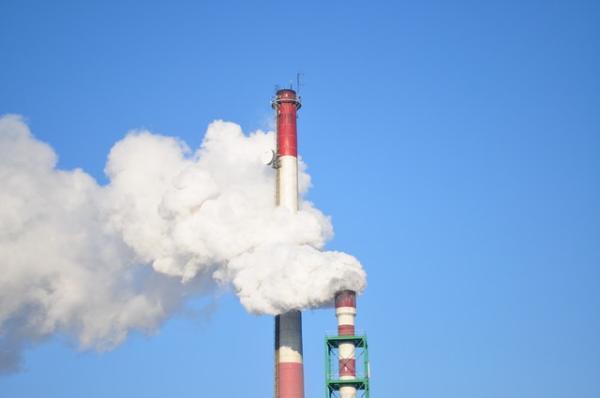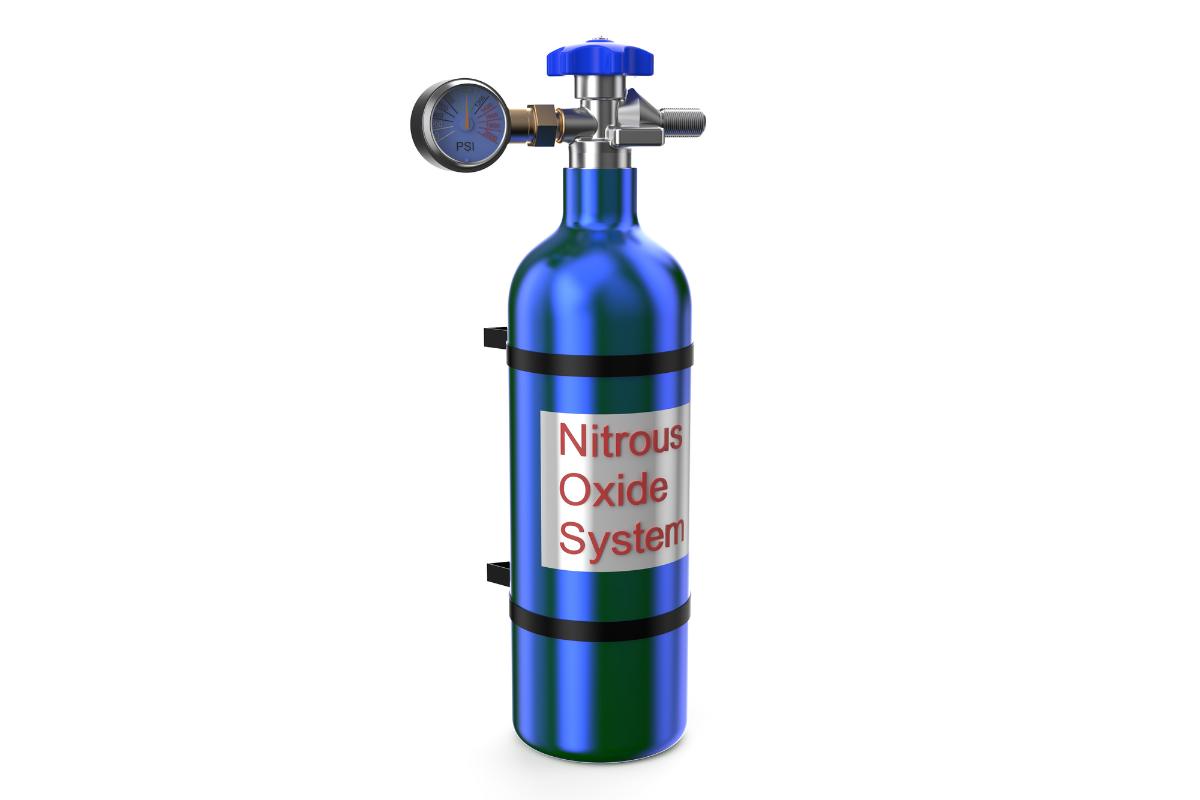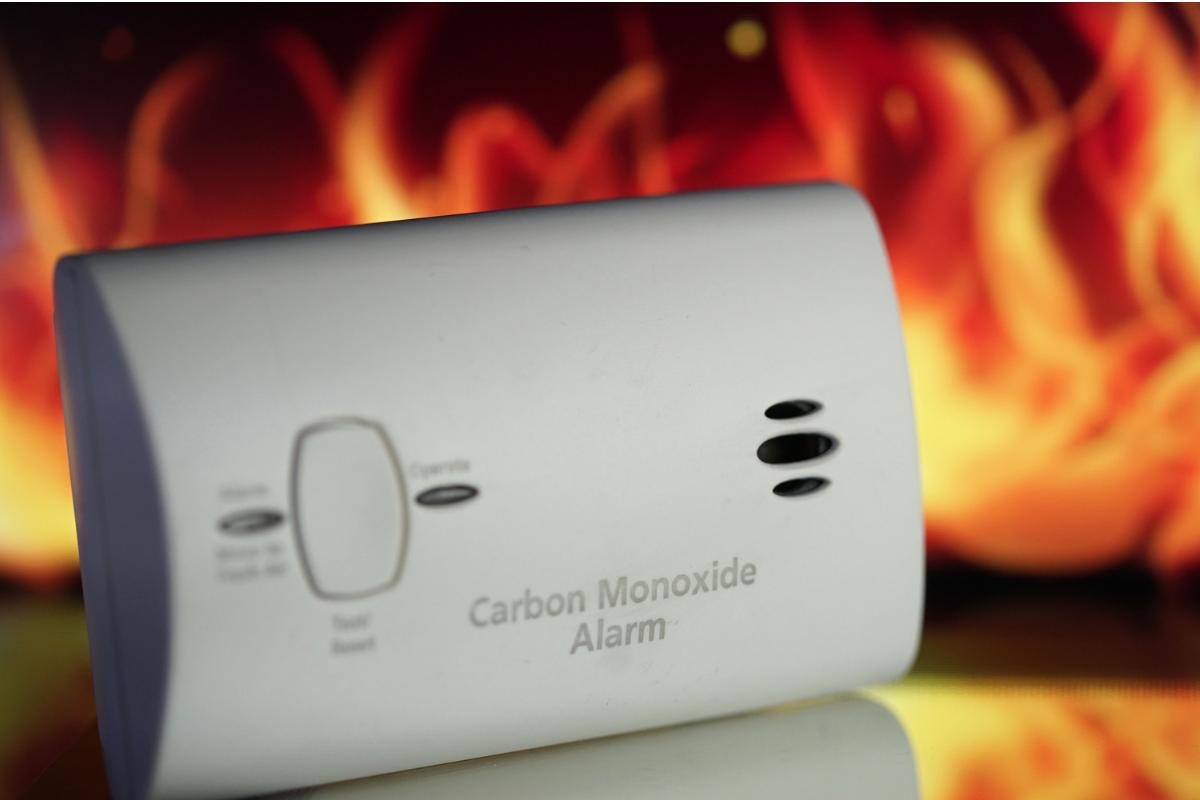What Is the Composition of The Atmosphere?


The Earth's atmosphere is the thinnest and outermost layer surrounding our planet. It consists of a blend of gases in varying amounts, essential for sustaining life. In addition to these gases, the atmosphere contains suspended liquid and solid particles, which can come from natural sources or human activities.
Curious about what's in the air we breathe? Discover the fascinating composition of Earth's atmosphere in this informative article from thedailyECO. Learn about the key gases that sustain life and their essential roles in our planet's climate.
- Nitrogen
- Oxygen
- Argon
- Carbon dioxide
- Noble gases
- Methane
- Hydrogen
- Nitrous oxide
- Carbon monoxide
- Ozone
- Water vapor
- Aerosols
Nitrogen
We begin this article by discussing the most abundant component of the atmosphere: nitrogen. Nitrogen makes up about 78% of the atmosphere, or roughly four-fifths.
Nitrogen is crucial for soil fertility and plant growth. Although it is the most prevalent gas in the atmosphere, plants can only utilize about 1% of it directly because nitrogen is an inert gas and doesn’t easily react with other substances. To make nitrogen accessible to plants, specific bacteria are needed to convert it into a form that can be absorbed and used by vegetation.

Oxygen
Oxygen ranks second in abundance in the atmosphere, making up about 21%. This gas is crucial for living organisms, as it is essential for respiration, photosynthesis, and various combustion processes.
In contrast to nitrogen, oxygen is highly reactive and readily forms compounds with many other elements. It constitutes about a quarter of all the molecules in living organisms, highlighting its vital role in sustaining life.
Curious about the fascinating forces shaping our weather? Discover how atmospheric rivers play a key role in our climate.

Argon
Argon is a noble gas, meaning it is chemically inert and doesn’t react with other elements. It makes up about 1% of the atmosphere. Although argon, along with nitrogen and oxygen, nearly totals 100% of the atmospheric volume, these three gases actually account for 99.95% of the atmosphere.
The remaining gases are present in trace amounts, meaning they are found in very small quantities. Their concentrations are measured in parts per million by volume (ppmv), which indicates the number of units of a substance per million units of the total mixture. Let's explore these trace gases in more detail!

Carbon dioxide
Carbon dioxide (CO2) is a variable component of the atmosphere, with its levels fluctuating over time and across different locations. It enters the atmosphere through the respiration of living organisms, the decomposition of organic matter, and the burning of fossil fuels. Fortunately, processes like photosynthesis and absorption by oceans and the biosphere help balance out its presence.
Historically, carbon dioxide levels were relatively stable, with concentrations around 280 parts per million before the Industrial Revolution. However, in recent years, CO2 levels have been rising due to human activities, and the current average concentration is approximately 410 parts per million. This increase in the greenhouse gas contributes to ongoing climate change concerns.
Did you know there's a crucial atmospheric layer that shields us from space debris? Learn more about this essential part of our atmosphere.

Noble gases
In addition to argon, the Earth's atmosphere contains four other noble gases. Here’s a breakdown of their concentrations from largest to smallest:
- Neon: 0.001818% or 18.2 ppmv
- Helium: 0.000524% or 5.24 ppmv
- Krypton: 0.000114% or 1.14 ppmv
- Xenon: 0.0000087% or 0.08 ppmv
Did you know the air we inhale contains a variety of crucial elements? Learn more about the composition of the air around us.
Methane
Methane's concentration in the atmosphere is approximately 2 ppmv. While this may seem like a small amount, it represents a 200% increase compared to levels before the industrial era.
Despite its relatively low concentration, methane has a potent greenhouse effect, being about 25 times more effective than carbon dioxide in trapping heat. Nonetheless, its contribution to the overall greenhouse effect is around 17% due to its lower atmospheric levels.

Hydrogen
Hydrogen (H2) is an extremely light and highly flammable gas.
Although it is present in the atmosphere in very small quantities, it plays a crucial role as a component of water (H₂O). Its concentration in the atmosphere is approximately 0.00005% by volume, or 0.5 ppmv. Despite its low presence, hydrogen is constantly replenished as atoms escape into space and are replaced.
If you’re interested in the layers of our atmosphere, you might be intrigued by the magnetic shield that plays a key role in our protection.

Nitrous oxide
Nitrous oxide is a potent greenhouse gas, with a warming effect roughly 230 times greater than carbon dioxide. Despite its significant impact, its concentration in the atmosphere is only about 0.3 ppmv. As a result, its overall contribution to the greenhouse effect is relatively modest, accounting for approximately 6%.

Carbon monoxide
This gas has an average concentration ranging from 0.05 ppmv to 0.2 ppmv. Despite its low concentration, it is considered a major atmospheric pollutant.
Colorless and odorless, it forms from the incomplete combustion of organic matter. When it remains in the atmosphere for extended periods, it can eventually oxidize and convert into carbon dioxide.

Ozone
Ozone plays a crucial role in absorbing nearly all of the Sun's harmful ultraviolet radiation, creating a protective layer essential for life on Earth. Without this layer, life as we know it would be at risk.
The concentration of ozone in the atmosphere changes with the seasons and varies with altitude, predominantly existing between 15 and 35 kilometers above sea level. Its levels also fluctuate with latitude.
For a deeper understanding of how Earth's atmosphere supports life, consider reading this other article.

Water vapor
To simplify the study of the atmosphere, it is often considered as if it consists solely of dry air, excluding water vapor from the gas concentration data previously discussed.
Water vapor is a highly variable gas, ranging from about 5% by volume near the surface at the equator to nearly absent at altitudes around 10 kilometers.
Water vapor is vital for life, as it plays a key role in regulating temperature and transporting heat throughout the atmosphere.

Aerosols
In this context, we are referring to suspended liquid or solid particles known as aerosols. These particles are significant because they act as condensation nuclei, which are crucial for cloud formation. Additionally, aerosols contribute to atmospheric pollution.
Examples of aerosols include dust particles, salts, smoke, ash, and organic matter. These particles can originate from both natural sources and human activities.
Wondering how we can address one of our planet’s most pressing environmental issues? Discover the efforts to repair and protect our vital atmospheric layer.

If you want to read similar articles to What Is the Composition of The Atmosphere?, we recommend you visit our Facts about Earth and the universe category.
- Cuadrat JM, Pita MF (2018). Climatology. Madrid. Cátedra Editions.
- Ledesma Jimeno M. (2011). Principles of meteorology and climatology. Paraninfo Editions.
















